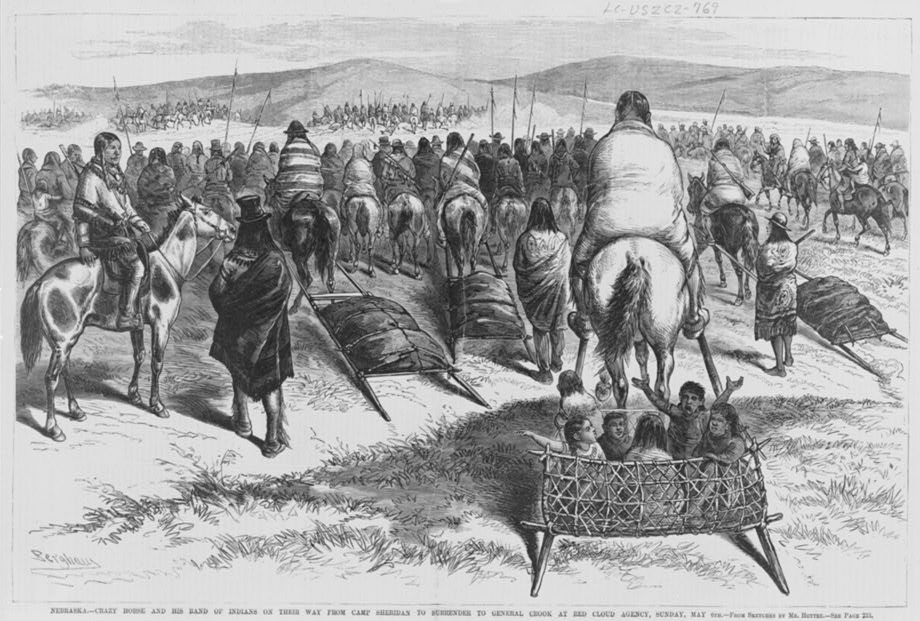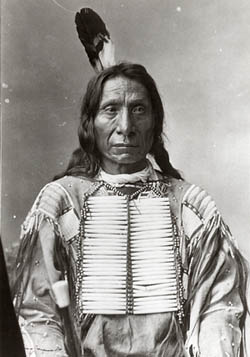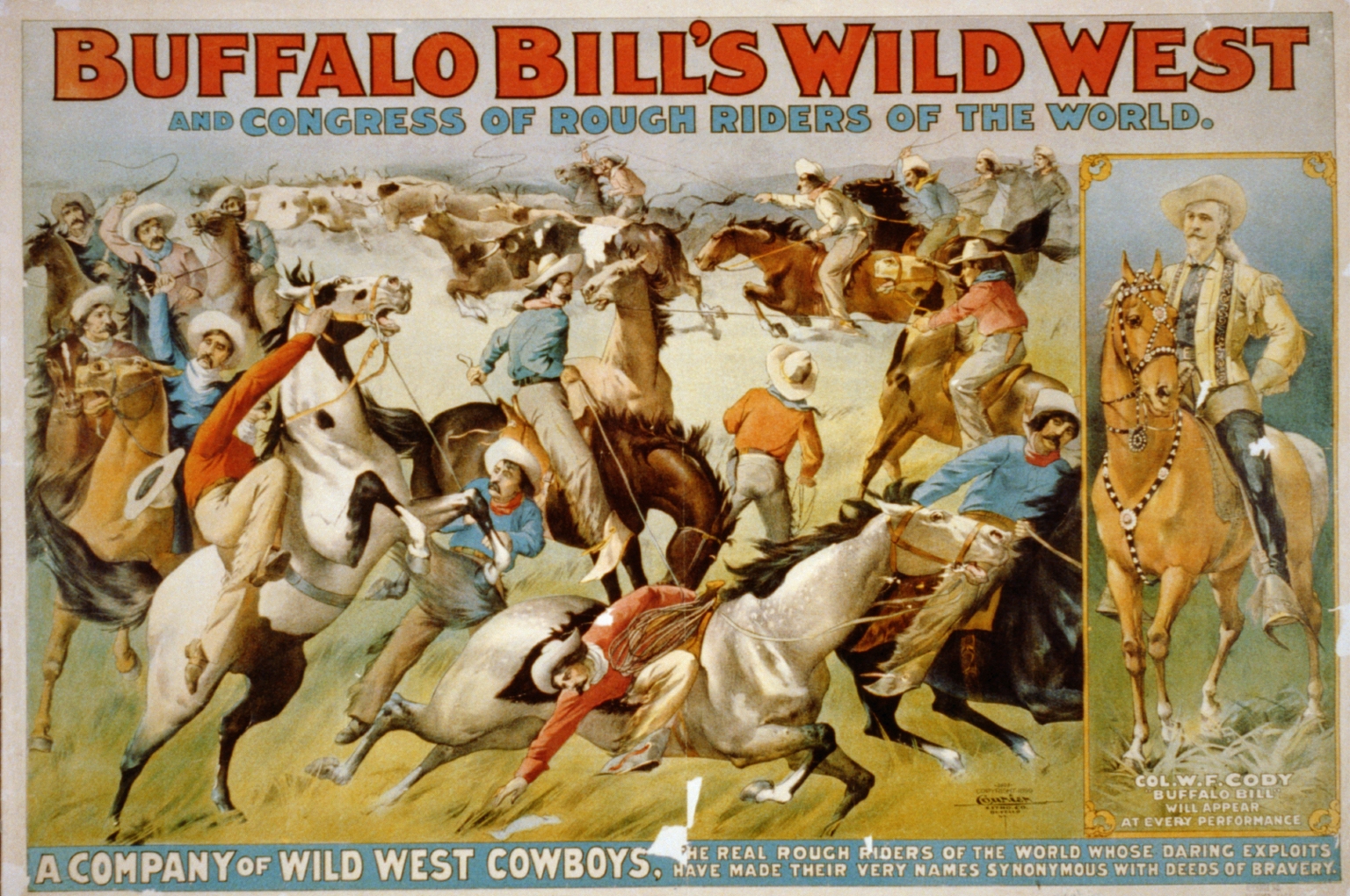|
A Ballad Of The West
''A Ballad of the West'' is a three-part story by Bobby Bridger told in Homeric Verse (poetry), verse and song about the Mountain Men, William F. "Buffalo Bill" Cody, and the Lakota Sioux people inspired by John G. Neihardt's ''A Cycle of the West''. Part One: ''Seekers of the Fleece'': This ballad presents the life story of mountain man Jim Bridger and the Fur Trade Era. Jim Bridger is Bobby Bridger's great granduncle. Beginning with Jim Bridger's historic ascension of the Missouri River with the Ashely-Henry Expedition in 1822, ''Seekers of the Fleece'' tells of the initial interactions between Euro-Americans and Indigenous peoples in the United States, Native Americans, as well as the beginning of the American Emigration Era and the Indian Wars. This ballad was inspired by Alfred Jacob Miller's Western watercolors. Part Two: ''Pahaska'': ''Pahaska'' is the Lakota language, Lakota word for "long hair," what the Sioux fondly called William F. "Buffalo Bill" Cody, and subs ... [...More Info...] [...Related Items...] OR: [Wikipedia] [Google] [Baidu] |
Folk Music
Folk music is a music genre that includes traditional folk music and the contemporary genre that evolved from the former during the 20th-century folk revival. Some types of folk music may be called world music. Traditional folk music has been defined in several ways: as music transmitted orally, music with unknown composers, music that is played on traditional instruments, music about cultural or national identity, music that changes between generations (folk process), music associated with a people's folklore, or music performed by custom over a long period of time. It has been contrasted with commercial and classical styles. The term originated in the 19th century, but folk music extends beyond that. Starting in the mid-20th century, a new form of popular folk music evolved from traditional folk music. This process and period is called the (second) folk revival and reached a zenith in the 1960s. This form of music is sometimes called contemporary folk music or folk rev ... [...More Info...] [...Related Items...] OR: [Wikipedia] [Google] [Baidu] |
Alfred Jacob Miller
Alfred Jacob Miller (January 2, 1810 – June 26, 1874) was an American artist best known for his paintings of trappers and Native Americans in the fur trade of the western United States. He also painted numerous portraits and genre paintings in and around Baltimore during the mid-nineteenth century. Life Miller was born in Baltimore, Maryland, the eldest of nine children of George W. and Harriet J. Miller. Miller's father was a merchant and tavern keeper in central Baltimore, and also had a farm in Hawkins Point. Miller attended a private school in Baltimore, John D. Craig's Academy, but did not receive formal art instruction there. He may have received his first lessons in art from Thomas Sully. In 1832, with the financial support of his family and art patrons in Baltimore, Miller traveled to Paris to study art. He was admitted as an auditor to life drawing classes at the École des Beaux-Arts, and copied paintings in the collections of the Louvre. In 1833, he traveled to Italy ... [...More Info...] [...Related Items...] OR: [Wikipedia] [Google] [Baidu] |
Crazy Horse
Crazy Horse ( lkt, Tȟašúŋke Witkó, italic=no, , ; 1840 – September 5, 1877) was a Lakota war leader of the Oglala band in the 19th century. He took up arms against the United States federal government to fight against encroachment by white American settlers on Native American territory and to preserve the traditional way of life of the Lakota people. His participation in several famous battles of the Black Hills War on the northern Great Plains, among them the Fetterman Fight in 1866, in which he acted as a decoy, and the Battle of the Little Bighorn in 1876, in which he led a war party to victory, earned him great respect from both his enemies and his own people. In September 1877, four months after surrendering to U.S. troops under General George Crook, Crazy Horse was fatally wounded by a bayonet-wielding military guard while allegedly resisting imprisonment at Camp Robinson in present-day Nebraska. He was honored by the U.S. Postal Service in 1982 with a 13¢ Great ... [...More Info...] [...Related Items...] OR: [Wikipedia] [Google] [Baidu] |
Battle Of Little Big Horn
The Battle of the Little Bighorn, known to the Lakota and other Plains Indians as the Battle of the Greasy Grass, and also commonly referred to as Custer's Last Stand, was an armed engagement between combined forces of the Lakota Sioux, Northern Cheyenne, and Arapaho tribes and the 7th Cavalry Regiment of the United States Army. The battle, which resulted in the defeat of U.S. forces, was the most significant action of the Great Sioux War of 1876. It took place on June 25–26, 1876, along the Little Bighorn River in the Crow Indian Reservation in southeastern Montana Territory. Most battles in the Great Sioux War, including the Battle of the Little Bighorn (14 on the map to the right), "were on lands those Indians had taken from other tribes since 1851". The Lakotas were there without consent from the local Crow tribe, which had treaty on the area. Already in 1873, Crow chief Blackfoot had called for U.S. military actions against the Indian intruders. The steady Lakota in ... [...More Info...] [...Related Items...] OR: [Wikipedia] [Google] [Baidu] |
Fetterman Massacre
The Fetterman Fight, also known as the Fetterman Massacre or the Battle of the Hundred-in-the-Hands or the Battle of a Hundred Slain, was a battle during Red Cloud's War on December 21, 1866, between a confederation of the Lakota, Cheyenne, and Arapaho tribes and a detachment of the United States Army, based at Fort Phil Kearny, Wyoming. The U.S. military mission was intended to protect travelers on the Bozeman Trail. A group of ten warriors, including Crazy Horse, acted to lure a detachment of U.S. soldiers into an ambush. All 81 men under the command of Captain William J. Fetterman were then killed by the Native American warriors. At the time, it was the worst military disaster ever suffered by the U.S. Army on the Great Plains. The Lakota alliance emerged victorious and the remaining U.S. forces withdrew from the area. The Fetterman Fight took place on Crow Indian land that was guaranteed to them by a treaty signed with the U.S. government. The Lakota and their allies were op ... [...More Info...] [...Related Items...] OR: [Wikipedia] [Google] [Baidu] |
Red Cloud
Red Cloud ( lkt, Maȟpíya Lúta, italic=no) (born 1822 – December 10, 1909) was a leader of the Oglala Lakota from 1868 to 1909. He was one of the most capable Native American opponents whom the United States Army faced in the western territories. He defeated the United States during Red Cloud's War, which was a fight over control of the Powder River Country in northeastern Wyoming and southern Montana. The largest action of the war was the Fetterman Fight, with 81 US soldiers killed; it was the worst military defeat suffered by the US Army on the Great Plains until the Battle of the Little Bighorn 10 years later. After signing the Treaty of Fort Laramie (1868), Red Cloud led his people in the transition to reservation life. Some of his opponents mistakenly thought of him as the overall leader of the Sioux groups (Dakota, Lakota, and Nakota), but the large tribe had several major divisions and was highly decentralized. Bands among the Oglala and other divisions operated ... [...More Info...] [...Related Items...] OR: [Wikipedia] [Google] [Baidu] |
Black Elk Speaks
''Black Elk Speaks'' is a 1932 book by John G. Neihardt, an American poet and writer, who relates the story of Black Elk, an Oglala Lakota medicine man. Black Elk spoke in Lakota and Black Elk's son, Ben Black Elk, who was present during the talks, translated his father's words into English. Neihardt made notes during these talks which he later used as the basis for his book. The prominent psychologist Carl Jung read the book in the 1930s and urged its translation into German; in 1955, it was published as ''Ich rufe mein Volk'' (''I Call My People''). Reprinted in the US in 1961, with a 1988 edition named ''Black Elk Speaks: Being the Life Story of a Holy Man of the Oglala Sioux, as told through John G. Neihardt (Flaming Rainbow)'' and a State University of New York Press 2008 Premier Edition annotated by Lakota scholar Raymond DeMallie, the book has found an international audience. However, the book has come under fire for what critics describe as inaccurate representations of ... [...More Info...] [...Related Items...] OR: [Wikipedia] [Google] [Baidu] |
Black Elk
Heȟáka Sápa, commonly known as Black Elk (December 1, 1863 – August 19, 1950), was a ''wičháša wakȟáŋ'' ("medicine man, holy man") and ''heyoka'' of the Oglala Lakota people. He was a second cousin of the war leader Crazy Horse and fought with him in the Battle of Little Bighorn. He survived the Wounded Knee Massacre in 1890. He toured and performed in Europe as part of Buffalo Bill's Wild West. Black Elk is best known for his interviews with poet John Neihardt, where he discussed his religious views, visions, and events from his life. Neihardt published these in his book ''Black Elk Speaks'' in 1932. This book has since been published in numerous editions, most recently in 2008. Near the end of his life, he also spoke to American ethnologist Joseph Epes Brown for his 1947 book ''The Sacred Pipe''. There has been great interest in these works among diverse people interested in Native American religions, notably those in the pan-Indian movement. Black Elk converted t ... [...More Info...] [...Related Items...] OR: [Wikipedia] [Google] [Baidu] |
John Neihardt
John Gneisenau Neihardt (January 8, 1881 – November 3, 1973) was an American writer and poet, amateur historian and ethnographer. Born at the end of the American settlement of the Plains, he became interested in the lives of those who had been a part of the European-American migration, as well as the Indigenous peoples whom they had displaced. His best-known work is ''Black Elk Speaks'' (1932), which Neihardt presents as an extended narration of the visions of the Lakota medicine man Black Elk. It was translated into German as ''Ich rufe mein Volk'' (I Call My People) (1953). In the United States, the book was reprinted in 1961, at the beginning of an increase in non-Native interest in Native American cultures. Its widespread popularity has supported four other editions. In 2008 the State University of New York published the book in a premier, annotated edition. Biography Neihardt was born in Sharpsburg, Illinois. He published his first book, '' The Divine Enchantment,'' at ... [...More Info...] [...Related Items...] OR: [Wikipedia] [Google] [Baidu] |
Wild West Show
Wild West shows were traveling vaudeville performances in the United States and Europe that existed around 1870–1920. The shows began as theatrical stage productions and evolved into open-air shows that depicted romanticized stereotypes of cowboys, Plains Indians, army scouts, outlaws, and wild animals that existed in the American West. While some of the storylines and characters were based on historical events, others were fictional or sensationalized. American Indians in particular were portrayed in a sensationalistic and exploitative manner. The shows introduced many western performers and personalities, and romanticized the American frontier, to a wide audience. History In the 19th century, following the American Civil War, stories and inexpensive dime novels depicting the American West and frontier life were becoming common. In 1869, author Ned Buntline wrote a novel about the buffalo hunter, U.S. Army scout, and guide William F. Buffalo Bill Cody called ''Buff ... [...More Info...] [...Related Items...] OR: [Wikipedia] [Google] [Baidu] |
Reconnaissance
In military operations, reconnaissance or scouting is the exploration of an area by military forces to obtain information about enemy forces, terrain, and other activities. Examples of reconnaissance include patrolling by troops (skirmishers, long-range reconnaissance patrol, U.S. Army Rangers, cavalry scouts, or military intelligence specialists), ships or submarines, crewed or uncrewed reconnaissance aircraft, satellites, or by setting up observation posts. Espionage is usually considered to be different from reconnaissance, as it is performed by non-uniformed personnel operating behind enemy lines. Often called recce (British, Canadian and Australian English) or recon (American English), the word for this activity has at its root the associated verb ''reconnoitre'' or ''reconnoiter''. Etymology The word from the Middle French ''reconoissance''. Overview Reconnaissance conducted by ground forces includes special reconnaissance, armored reconnaissance, amp ... [...More Info...] [...Related Items...] OR: [Wikipedia] [Google] [Baidu] |
Pony Express
The Pony Express was an American express mail service that used relays of horse-mounted riders. It operated from April 3, 1860, to October 26, 1861, between Missouri and California. It was operated by the Central Overland California and Pikes Peak Express Company. During its 18 months of operation, the Pony Express reduced the time for messages to travel between the east and west US coast to about 10 days. It became the west's most direct means of eastwest communication before the first transcontinental telegraph was established (October 24, 1861), and was vital for tying the new U.S. state of California with the rest of the United States. Despite a heavy subsidy, the Pony Express was not a financial success and went bankrupt in 18 months, when a faster telegraph service was established. Nevertheless, it demonstrated that a unified transcontinental system of communications could be established and operated year-round. When replaced by the telegraph, the Pony Express quick ... [...More Info...] [...Related Items...] OR: [Wikipedia] [Google] [Baidu] |



.jpg)




